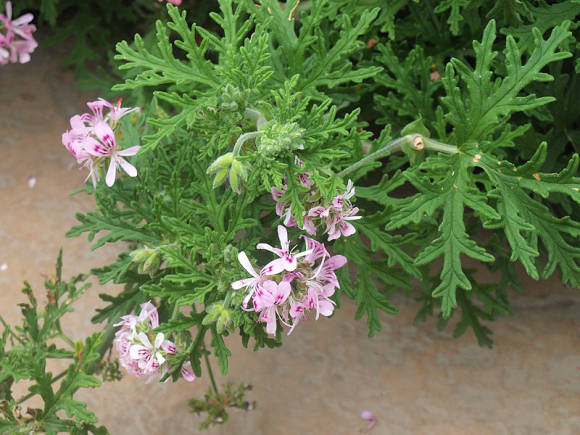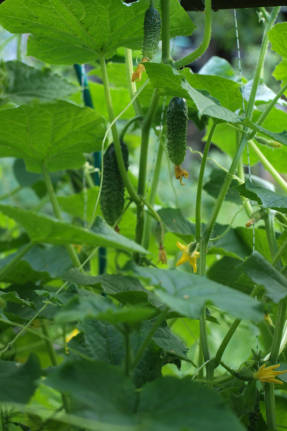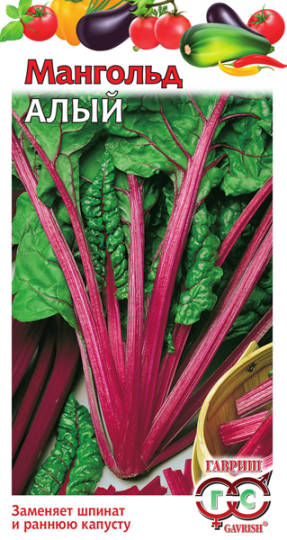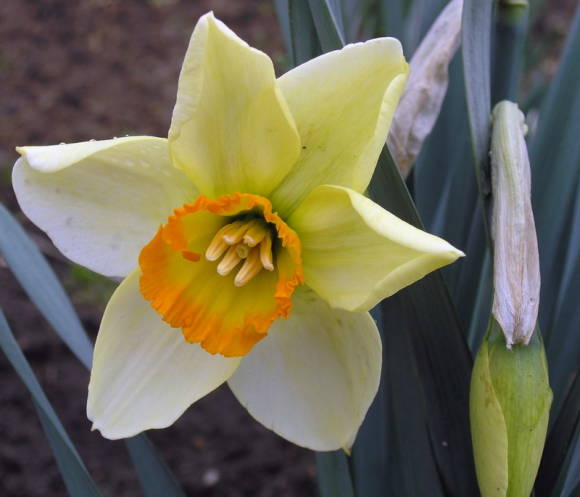
Everyone loves gladioli, but many gardeners do not want to burden themselves with storing their bulbs in winter.
Harvesting, processing, drying and storage of gladioli planting material are very important stages in the technology of growing this crop. The harvesting time of the bulbs depends on the weather conditions and the climatic zone. Experienced gardeners do this in late September or early October in dry, sunny weather before severe frosts.
The corms are harvested in the following order: first, the varieties of the early flowering period are dug, then the early middle, medium and so on according to the flowering period.
But dark-colored varieties (cherry-red, purple and lavender-blue) are dug out primarily among equal flowering periods, since they lose their natural immunity to fungal diseases earlier than others and can be severely affected by them. Bulbs grown from tubers (children) are the last to be harvested. If the flowers have not been cut, then the peduncles must be carefully broken off immediately after the end of the flowering of the upper flowers.
Dig up the corms with a shovel or pitchfork, gently shake off the soil from them, carefully collect the well-separated baby (ripe covered with a dense shell).
Immediately after digging out, the stems and roots should be cut off from the bulbs, leaving a stump no more than 0.5-1 cm. You should not leave more stumps, since by the fall the common pest of gladioli - thrips gathers on the bulbs closer to the base of the stem. And by doing short stem pruning, we reduce the possibility of damage to the bulbs during winter storage.
In adult corms, the old maternal corms and roots must be removed immediately, because this prevents the spread of diseases and reduces the drying time of the planting material. If the mother corm is not immediately separated or is not completely separated, then after 10-15 days of drying the corms, it with the remnants of the roots is very easily separated from the replacement corm.

And for bulbs grown from children, the roots are only shortened well, and they are removed the next year in preparation for spring planting.
After trimming the stem and roots, the corms are washed from the soil, treated in a solution of potassium permanganate (6–8 g per 10 l of water). Then it is advisable to dry them in the open air for at least one day.
Corms by varieties are laid out in boxes (cardboard, wooden) and dried in the air for several hours (if there is no precipitation). Then they are transferred to a heated room and dried at a temperature of 30–35 ° C for 6–8 days (near heating devices, fan heaters). After that, drying is carried out at a temperature of 20-22 ° C up to 6-8 weeks after digging. During the entire drying period (especially in the first days), it is necessary to stir the bulbs (2 times a day) for even drying.
The quality of drying the bulbs determines their condition during winter storage. Poorly dried corms, due to high humidity under the scales, often get sick, are poorly stored and die.
After drying, the corms must be carefully reviewed, the infected ones must be thrown away, and the corms with mechanical damage must be treated with brilliant greens or a strong solution of potassium permanganate and put into bags according to varieties, attaching tags indicating the variety.
Then the bags are laid out in boxes and transferred to storage. For the prevention of diseases, it is advisable to put peeled cloves of garlic in these bags, which has phytoncidal and antibacterial properties.
Store the bulbs in a dry (air humidity not higher than 70%) and cool (3–6 ° С) room. It is difficult to create such conditions in a comfortable apartment, therefore, for the first 1–1.5 months, the bulbs can be stored near the balcony, on the windowsill, between the frames, and then stored in paper bags on the lower shelf of the refrigerator, where the specified temperature regime is maintained.
The baby of gladioli should not be overdried, because it just won't come up. Immediately after separation from the bulb, it must be put in a bag and stored on the lower shelf of the refrigerator.During the storage period, it is necessary to view the corms once a month, remove diseased ones in order to exclude contamination of healthy planting material.
To facilitate the storage of bulbs in winter, many gardeners, after drying, are dipped into melted paraffin at a temperature of 32–35 ° C, and then into cold water. In this case, the bulb is covered with a thin protective layer that protects it from drying out. These bulbs can be stored at temperatures up to 10-15 ° C. Before planting, the paraffin film is removed from the bulb along with the scales or in hot water at a temperature of 40–45 ° C.
Last but not least. The next year, the beds where gladioli grew should be used for garden crops. Once again, gladioli can be planted in their original place only after 3 years.









